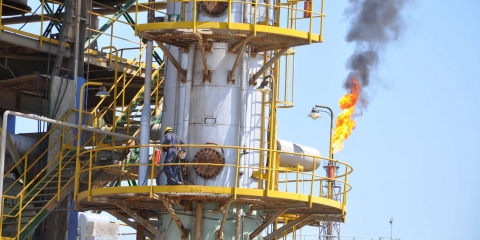Slaves of ISIS: the long walk of the Yazidi women
The day before Isis came was a holiday in Sinjar district, northern Iraq. Yazidis gathered to celebrate the end of a fasting period. It was 2 August 2014. Harvested wheat fields stood short and stubbly under the shadowless sun. People slaughtered sheep and gathered with their relatives to celebrate the holiday, handing out sweets and exchanging […]Cathy Otten writes for The Guardian:
The day before Isis came was a holiday in Sinjar district, northern Iraq. Yazidis gathered to celebrate the end of a fasting period. It was 2 August 2014. Harvested wheat fields stood short and stubbly under the shadowless sun. People slaughtered sheep and gathered with their relatives to celebrate the holiday, handing out sweets and exchanging news and gossip. In the past, they would have invited their Muslim neighbours to join the celebrations, but more recently a distance had grown between them, leading the villagers to keep mostly to their own.
At dusk, unfamiliar vehicles started to appear. The lights of the cars could be seen moving in the desert beyond the outlying villages. A sense of foreboding grew as darkness fell. The Yazidi men took their guns and set out to check the horizon beyond the wheat fields, peering toward the villages.
On their return, they gathered in Sinjar town centre in small, tense groups. Convoys of cars, kicking up dust in the distance, had appeared two months before, just before the city of Mosul – the capital of Nineveh province, of which Sinjar is a part – fell to Islamic State (Isis). Mosul is 120km (75 miles) east of Sinjar, and its capture was quickly followed by the fall of other towns. Four divisions of the Iraqi army collapsed, including the third division, which was based around Sinjar and included many Yazidis. The area was almost completely defenceless.





